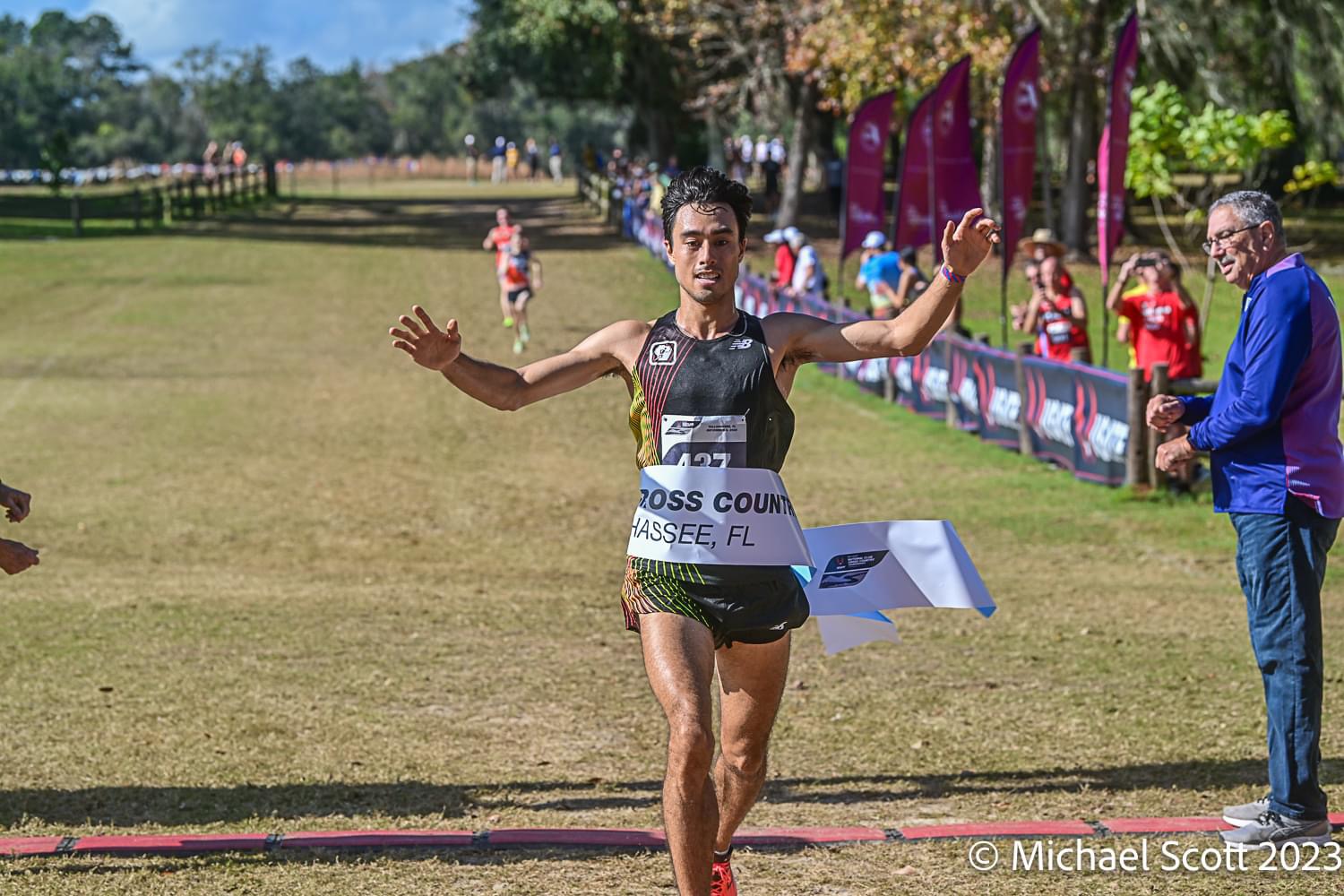
The greatest risk to Ashley Donovan and Adam Meyer, as they ran to Washington, D.C. from Portland, Ore., wasn’t the wear and tear on their bodies. It was the wildlife — close calls with a rattlesnake and roughly a dozen dogs on the road.
Since July, the duo not only trekked thousands of miles across the country on foot (3,165 miles to be exact), but also met with more than 100 community leaders in nearly a dozen states.
[button-red url=” http://www.run2connect.com/” target=”_self” position=”left”] More about their trip[/button-red]“We’re both feeling great,” Meyer said just a few days after completing the 113-day run. “I think we finished the run stronger than we started to be honest.”
Both said that it took about a month or so to get their bodies into shape and used to the heavy mileage but after finishing, Donovan said they could have kept going.
“We were happy we had a day off but we both could have gone out and kept running,” Donovan said. “And we would have been happy doing it.”
Meyer added that the running part of their trip wasn’t “that difficult.”
“It’s sort of funny how your body adjusts to compensate for needing to do something crazy like this,” Meyer said. “Your body just gets used to a certain action. I mean, it’s incredible how smart your body is. But now we’re both in really good shape (for running). We both agree that the largest challenge was logistics for us. Once we got out running…it wasn’t that difficult to just put in the work. But the challenging parts were organizing all of this because it was just two of us most of the time.”
While it was just the two of them organizing the trip, they also had some help from family and friends to drive their support vehicle for parts of the trip, an RV nicknamed Rex. The RV was used as a place to sleep, eat, shower, prepare website updates and most importantly a storage area for more than a dozen running shoes (most of which were destroyed by the end of the trip). And by having friends and family drive the RV through parts of the trip, many times Donovan and Meyer were able to run side-by-side.
“We’d have the best conversations when we were running,” Meyer said. “Get the blood flowing and your mind you can really think a lot.”
A typical day on the road started at 6:30 a.m. After some breakfast, they’d head out for their run and put in as many hours of running as they could until they passed through a town where they usually had a meeting set up with community leaders. After a meeting with either a mayor, police chief, fire chief, or even a governor on one occasion, they’d put in as many more miles as they could until sunset and then eat dinner, update their website and get some sleep. The next day, they’d wake up and do it all again.
The trip was filled with 113 running days and eight “rest days,” which weren’t actually rest days for the two. These eight days mostly consisted of meetings that took up most of the day.
They both needed to consume 5,000 to 7,000 calories per day, which meant never having to worry about what they ate.
“We had the mentality from the start — after talking to people who actually did this much quicker than we did — if it’s real food and sounds good, try it,” Donovan said. “We’d get some greens in the system very early on with a smoothie and that was a pretty great start to the morning. Usually some eggs, maybe a bagel with peanut butter. Mornings for me were usually the healthiest part of the day.”
After crossing Oregon, Donovan and Meyer ran through Idaho and Wyoming. From there, they ran across wind-swept Nebraska, Iowa, Illinois, Indiana and Ohio. Most of this leg of the trip took place on rural roads until they hit Pittsburgh, where they hopped on the Great Allegheny Passage that took them all the way to Cumberland, Maryland. From there, they took the C&O Canal into D.C. While they hadn’t planned on doing the entire trail system from Pennsylvania to D.C., which tacked 130 miles on the trip, they still managed to finish close to their end-date goal.
“Nobody understands quite how that worked but yeah we were very diligent about trying to stay on schedule,” Meyer said. “At one point, we were about a week behind and then we made up that time over two months.”
The lack of overuse injuries still amaze the pair.
“We we’re both amazed that we came out as well as we did without having done a lot of regular stretching and rolling out and all those runner things to do,” Donovan said. “We did it when we absolutely needed to but to be completely honest we were so busy trying to go to meetings.”
Their bodies were not only kind to them, but Mother Nature lent them a hand as well.
“We probably had less than six or eight days of rain on the whole trip,” Meyer said. “Very little rain. We had a lot of wind. There were a number of very cold days. But until we hit Chicago, which is two-thirds of the way across the country, I don’t think we had any cold days except going over the continental divide. We were in shorts and a long sleeve shirt. Until then, it was pretty amazing.
Their main goal throughout the trip was to interact with communities along the way. But sometimes this meant adding a few more miles to the trip.
“When we saw an opportunity, we usually took it,” Donovan said. “If that meant adding more miles we were happy to do that.”
Donovan and Meyer cited several success stories they heard in towns along the way, including a few towns where local businesses, leaders and local government collaborated to prepare kids for jobs that they could use in those communities. Donovan said because a lot of kids wanted to go back home after college, the goal was to “create an actual working force to then work in the community.” These stories and more was one of the main reasons Donovan and Meyer set out for the trip.
“The other part of the goal is to go through all these stories we learned and pick out really some of the simpler ones that can easily be replicated,” Donovan said. “Part of it is just to communicate, share ideas and not reinvent the wheel. You can adapt these ideas and try it out so we just got to figure out the most effective way to do that.”
The challenge after the trip is to figure out how they’ll share these stories with the lack of resources.
“This was a very important thing for us just personally to learn more about the country and share some of these ideas and just the physical challenge of it,” Meyer said. “But to be completely honest, we are just flat broke. We put in every dime we have and more.”
As for taking advantage of the endurance they’ve built up, Meyer and Donovan don’t have any races on the calendar yet or feel any urgency to compete. At the same time, both don’t have the need to take too much time off of running.
“Running has taken on a meaning of joy and pleasure as opposed to competition,” Meyer, a former University of Oregon mid-distance runner, concluded.
Recent Stories
Looking for our race calendar? Click here Submit races here or shop local for running gear
James W. Foley Freedom Run
Inspired by the moral courage of freelance journalist James Foley, the mission of the nonprofit Foley Foundation is to secure the freedom of Americans held captive abroad unjustly by terrorist organizations or rogue states, and to promote journalist safety.
The
Kensington 8K Race
Since 1994, the Kensington 8K Race has been a favorite DC area fall race – a fun, fast event with beauty, challenge, and excitement. Run it this year on Saturday, September 21, 2024!
The 8K distance is $39, with a






